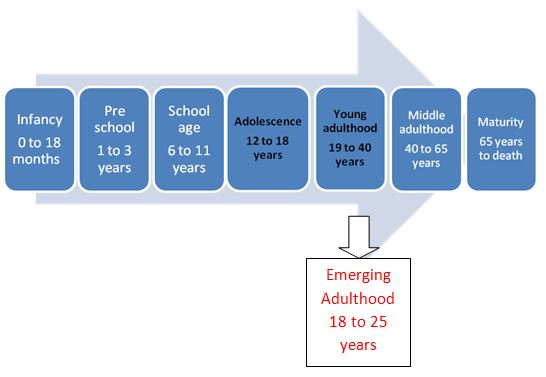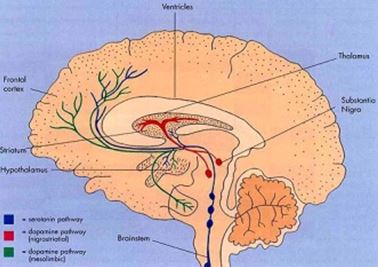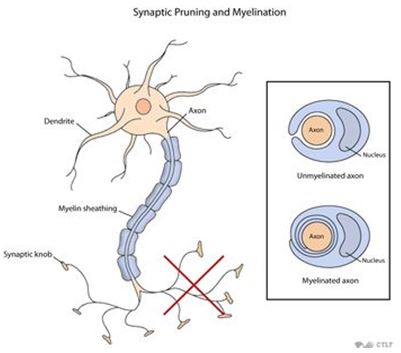Over the past decade, there has been dramatic growth in the knowledge about adolescent brain and social development. The growing knowledge base establishes that an essential goal for all young people is that they be “connected” by the age of 25. Age 25 marks the convergence of full brain development, the completion of college and other postsecondary education, connections to employment, the pursuit of continuing education, the establishment of life partners and parenting roles, and other pursuits.
“Connected by 25” is understood to mean that young people must be fully supported by networks of families, friends, and communities that can provide them with guidance and help, both financially and otherwise, in their everyday lives and in the face of the inevitable crises that arise in the transition to adulthood. In order to successfully transition to adulthood, young people need the stability and continuity of permanency in their lives – healthy parenting and relationships within their family of origin and/or new families, friends and colleagues, and in emerging romantic relationships. Becoming connected by 25 is especially important for older youth and young adults in foster care; as a result of their life experiences, they are often disconnected from supportive networks.
Emerging Adulthood
Adolescence and young adulthood are stages that fall roughly in the middle of the process of human growth and development. The traditional approach to human development has been to view adolescence as spanning the period of 12 to 18 years and young adulthood as spanning the period of 19 to 40 years. Over the past decade, however, there has been increasing recognition that young people do not move seamlessly from adolescence at age 18 to young adulthood at age 19. In contemporary society, it is clear that young people do not become full-fledged adults in their late teens. Instead, they make a gradual transition to adulthood – through an interim process that has come to be known as “emerging adulthood”.

It is now understood that in today’s society, the transition from adolescence to adulthood is both complex and lengthy. Like all youth, young people in foster care are on a gradual developmental trajectory from adolescence to full-fledged adulthood that they likely will not achieve until at least age 25 or 26. They do not automatically transition to adulthood when discharged to “independent living” at the age of 18 or even 21. As emerging adults with complex histories—often involving trauma and loss—they may need even greater support from permanent families, lifelong connections with caring adults, and community to complete the developmental tasks of emerging adulthood.
The Adolescent Brain
Over the past decade, a growing body of research has documented what parents have long suspected: an adolescent’s brain is not yet fully formed. Emerging scientific evidence shows that adolescence and young adulthood are periods of gradual and continuing brain development. This development begins in puberty and continues through the mid-20s with the brain not reaching full maturity until age 25 or 26. Neuroscience also makes clear that support during this cognitive, social, and emotional development process plays a vital role in healthy and constructive adulthood. Adolescence is a time of both increased vulnerability and opportunity; a young person’s exposure to positive influences in the form of supportive and caring relationships and the experiences and opportunities for learning and growth can all have lasting beneficial effects.
Developmentally, adolescence is as critical as the first few years of life. Opportunity, investment, and education are essential during this unique period so that young people can develop knowledge, skills, and confidence to carry throughout their lives. As neuroscience has enriched the understanding of adolescent brain development, a number of key lessons have emerged that significantly inform how young people in foster care and their healthy brain development can be optimally supported.
The key neuroscientific findings are:
The prefrontal cortex gradually develops.
The brain’s frontal lobes—especially the prefrontal cortex, which governs reasoning, decision making, judgment, and impulse control—are the last parts to reach full development. Beginning in puberty, the frontal lobes undergo dramatic changes, which become increasingly evident throughout adolescence. Adolescents and young adults begin to rely less on the limbic system—the emotional center of the brain—in making decisions and more on the frontal lobes, the seat of judgment and impulse control.
 |
|
The levels of dopamine produced shift during adolescence.
Dopamine is a chemical that links action to pleasure, and its redistribution can raise the threshold of stimulus that is needed to feel pleasure. As a result, adolescents may no longer find activities that they previously enjoyed, such as family, neighborhood friends, or school time, exciting. They may seek new excitement through increasingly risky behaviors. Changes in dopamine, combined with other chemical and physical changes, help explain the challenges that adolescents often have in controlling impulses, maintaining successful social relationships, and engaging in long-term planning. These changes also help explain their challenges in controlling emotional responses and maintaining self-discipline in education and employment activities. However, these challenges also present rich opportunities for youth to learn from experience. With adult support, young people can learn skills of self-regulation, coping, and resilience. Risk taking also has benefits. A willingness to take risks allows young people to explore adult behavior and privileges. It also helps young people achieve the normal developmental tasks of adolescence and emerging adulthood as they master increasing levels of challenge.
 |
|
Synapses are undergoing pruning and myelination.
During adolescence, the gray matter of the brain begins to thin as the links between neurons that transmit and receive information—the synapses—undergo a pruning process. As in early childhood, unused synapses are pruned away while synapses that are used frequently become stronger. This process is popularly known as “use it or lose it.” As unused synapses are pruned away, a process called myelination strengthens the connections between frequently used neurons, improving the connectivity between them and speeding up communication between cells. Pruning and myelination can have important long-term consequences as the parts of the brain that are used frequently are strengthened and the parts that are used less often weaken and die off.
Implications for Achieving Permanency for Young People in Foster Care
The deepening understanding of emerging adulthood and adolescent brain development provides important information to support the healthy development of and permanency achievement for adolescents in foster care. It underscores the critical importance of social capital in these young people’s lives and the critical role of a positive youth development approach to all opportunities for young people in foster care.
It is essential to ensure that young people have healthy relationships with family, caring adults, peers, and community. Science shows that diverse social relationships and networks are crucial to young people’s healthy development and functioning. They act as protective factors in building young people’s knowledge, skills, and confidence and aid in the successful transition to adulthood, resilience, and recovery from trauma.
Science also makes clear that positive youth development is not merely a good practice; it is a neurological imperative. Because adolescence is a period of “use it or lose it” in brain development, young people need to be actively engaged in positive relationships with adults and peers and opportunities to contribute, create, and lead – “using it” to develop their skills to become successful adults. The chemistry of the adolescent brain often causes young people to seek new excitement through increasingly risky behaviors. Young people need positive youth development opportunities so that they can engage in healthy risk taking via constructive, meaningful activities with supportive and caring family and other adults.
Hawes, D.R. & Grazioplene, R. (2012). The Adolescent Brain: (Awkward) Window of Opportunity. Retrieved September 24, 2012 from http://www.psychologytoday.com/blog/quilted-science/201208/the-adolescent-brain-awkward-window-opportunity
Jim Casey Youth Opportunities Initiative. (2011). The Adolescent Brain Development: New Research and its Implications for Young People Transitioning from Foster Care. Retrieved August 18, 2013 from
http://jimcaseyyouth.org/adolescent-brain%E2%80%94new-research-and-its-implications-young-people-transitioning-foster-care
Ruder, D.B. (2008). The Teen Brain. Retrieved September 24, 2012 from http://harvardmagazine.com/2008/09/the-teen-brain.html |

